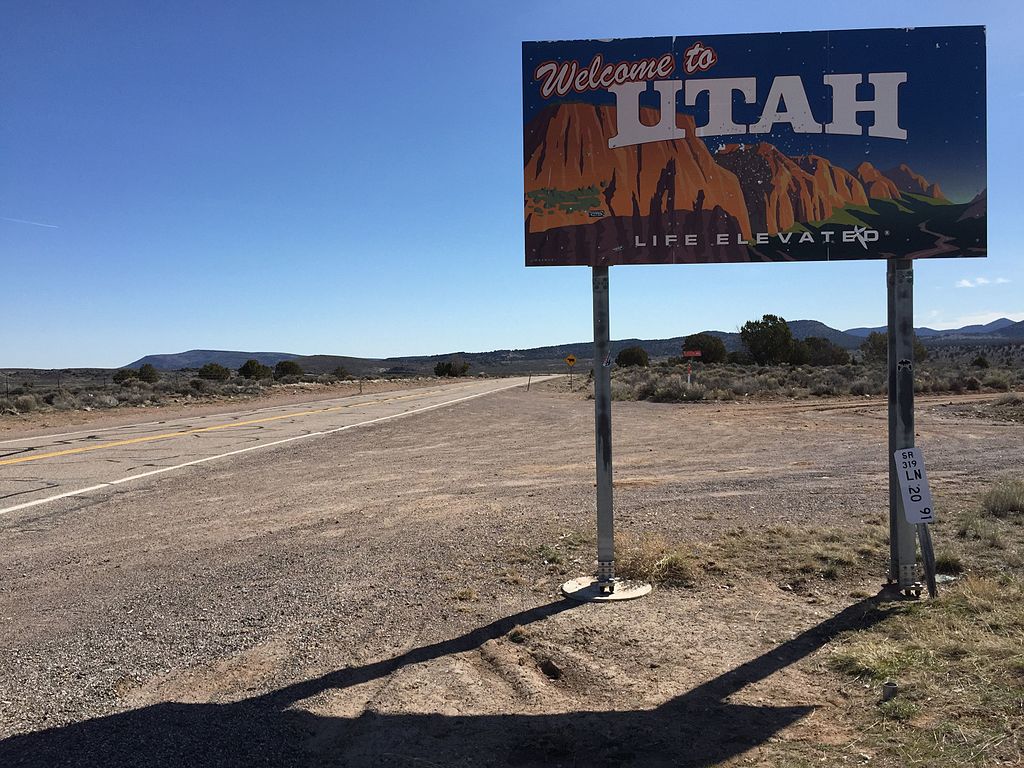The Utah Election Office announced on May 8 that signature verification for the collective bargaining referendum is complete. The referendum seeks to repeal House Bill 267, which prohibits public unions and public employers from engaging in collective bargaining. Of the signatures submitted with the referendum petition, 251,590 signatures were verified, and 73,136 were rejected. This satisfies the signature requirement in Utah, which is equal to at least 8% of active voters. For 2026, that amounts to 140,748 signatures.
Signatures can be rejected from the referendum petition for multiple reasons, including illegibility and duplication. For this referendum, the signature validity rate was 77.5%. This is about the same as the national average for initiative signatures, which between 2017 and 2024 was 77.1%.
In total, Protect Utah Workers submitted 324,410 signatures, 230.5% of the required 140,748. This is above the average percentage of signatures submitted for ballot initiatives in the country, which between 2017 and 2024 was 136.5%.
The table below shows, for citizen-initiated ballot measures from 2017 to 2024, the average number of verified signatures as a percentage of the requirement and the average signature validity rate.

In addition to the total number of signatures for a referendum, Utah law requires that signatures from 8% of active voters be distributed in at least 15 of the 29 Senate districts in the state. On May 6, Utah Political Watch reported that enough signatures were submitted in 23 of Utah’s 29 Senate districts to meet the state’s distribution requirement to certify the referendum petition.
The referendum will not be certified if Utahns for Worker Freedom, the campaign supporting House Bill 267, or other organizations can convince enough voters to remove their signatures from the referendum petition. Opponents of the referendum have 45 days after a name is published on the state initiative and referendum website to contact the individual who signed the referendum petition and attempt to have them rescind their signature.
Protect Utah Workers filed as the campaign in opposition to HB 267 and has collected more than $3.4 million in contributions. Of that number, $2.2 million was cash contributions and $1.2 million was in-kind contributions. According to the State of Utah’s financial disclosure website, 270 unique individuals and organizations contributed to the campaign prior to the signature filing deadline. The National Education Association, the campaign's top donor, gave $2.3 million in combined in-kind and cash contributions. Other top donors to the campaign were the Utah Education Association, AFSCME, UFCW Local 99, and the Utah School Employees’ Association.
Utahns for Worker Freedom, also known as Protect All Utahns, filed as the campaign in support of upholding HB 267. However, as of April 11, the last required report date for financial disclosure, Utahns for Worker Freedom had not reported any financial or in-kind contributions to the campaign. The next submission deadline for a campaign finance report in Utah is Sept. 30.
If the referendum is certified for the ballot, it will join two constitutional amendments that will appear on the ballot in the Nov. 2026 election. The first amendment would require that future citizen-initiated state statutes increasing taxes receive a 60% supermajority vote to pass. The constitution currently requires a simple majority (50% plus one vote) for ballot initiatives to pass into law. The second amendment would revise the publication requirement for ballot measures that would amend the state constitution. If the ballot measure is approved, publication of proposed constitutional amendments on the state legislature’s website, instead of in a newspaper, would be sufficient to notify the public before an election.
Two other citizen initiatives are collecting signatures in Utah. The first initiative would require Utah to follow the congressional district method when assigning electoral votes to presidential candidates. The congressional district method is used by only two states, Nebraska and Maine. The second initiative would require the lieutenant governor to create and maintain a secure website for voters to file and sign initiative and referendum petitions electronically. All signatures for initiatives must be submitted by Feb. 15, 2026.
Additional reading:


